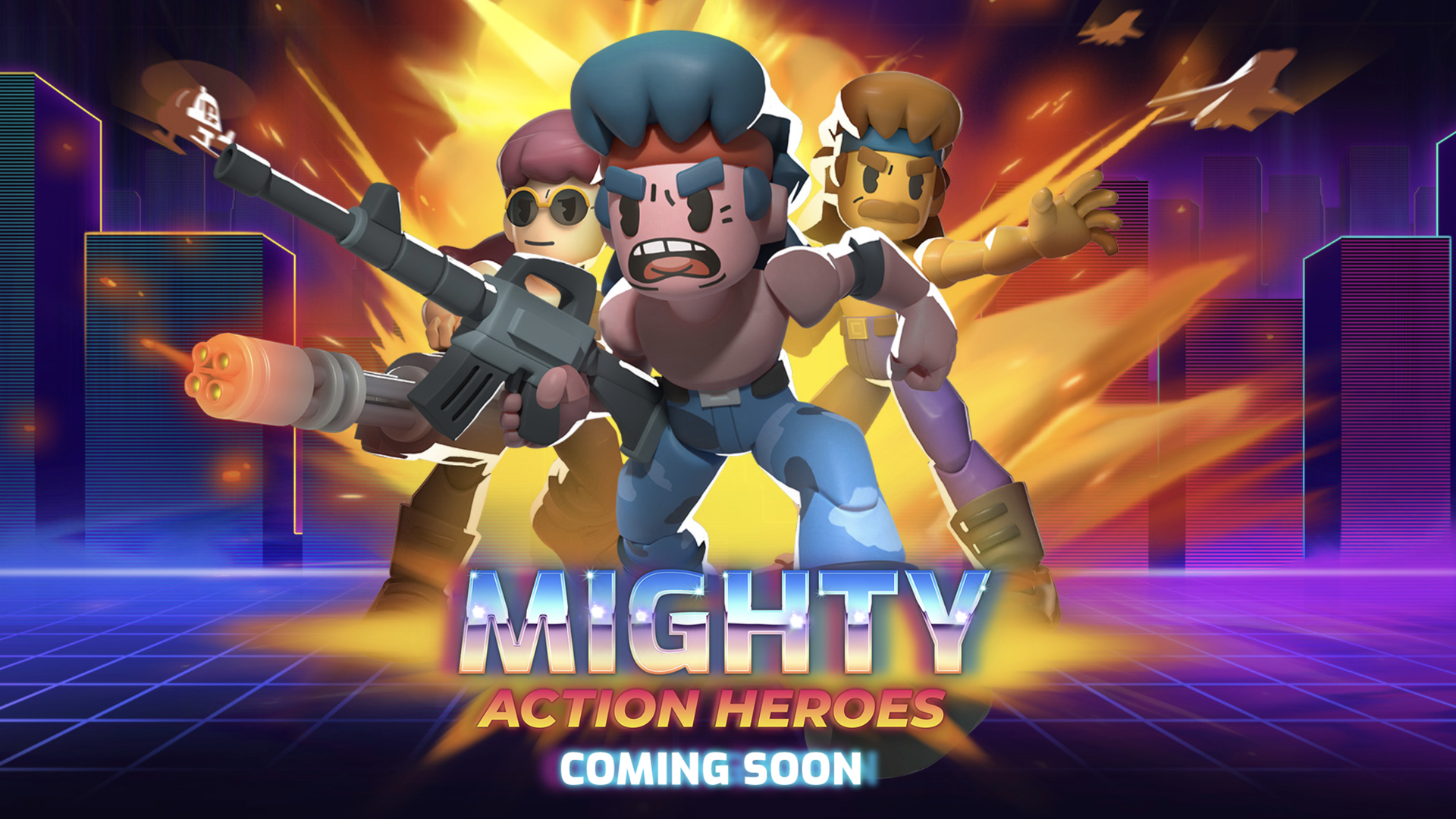12/08/2022 More focus on fun, less on investment for upcoming NFT game
 Image: Mighty Bear Studios
Image: Mighty Bear Studios Why it matters:The NFT/Web3/blockchain part of the games industry hasbillions of dollarsof investment but is surrounded by skeptics.
- For some, a lack of hits — and players — is proof that the sector is a dead end, offering a technology that doesn’t inherently make games better.
- For others, including Davis — whose company Mighty Bear just announced a$10 million investmentto make a Web3 game — that’s just proof it’s early days.
What they’re saying:“When we get the first genuinely world-class experience in Web3 with a low enough barrier to entry and a low level of friction, we'll be there,” Davis tells Axios.
- Reminder:Web3 gaming is another way of saying gaming that is tied to cryptocurrencies. These games often involve the ability to buy and sell in-game items, characters and land in the form of non-fungible tokens, or NFTs.
Some key problemshold Web3 games back, Davis says.
- Many such games assume everyone wants to get into crypto or cares about it, requiring sign-ups for wallets and acquiring tokens before you’re playing. The game from Davis’ team, a battle royale calledMighty Action Heroes, will let people access it as a standard free-to-play game, with the chance to play with NFT-based gear as an additional option.
- NFT-based games tend to focus on their marketplace and draw players who are thinking of investment first, Davis has observed. “To me, that's not healthy,” Davis says, emphasizing the need for the players to have fun playing them.
Davis is hopefulthat Web3 could change the financing of games and even improve the dev-player relationship.
- Teams making standard free-to-play games constantly need to turn out new content that they then pressure players to buy, he says. That “basically puts the studio in conflict with the players.” (Davis has worked in free-to-play for years).
- For a Web3 game like his, Davis believes a team can forgo that model and sustain itself by taking a cut of sales of in-game items that players sell to each other. For his game, those items might be cosmetics or rewards otherwise earned through playing the battle royale’s seasons.
- Could that be done without crypto, given years of experiments with in-game marketplaces in games such as Diablo? Davis argues that tracking transactions and divvying up profits are ideally done with Web 3 tech. “I could send a postcard instead of sending an email,” he said. “But it's not necessarily the best tool for it.”
What’s next:A playable build of Mighty Action Heroes should launch by year’s end.
Arts
 (0)
(0)
 (0)
(0)
https://www.axios.com/2022/08/11/nft-video-game-mighty-action-heroes
Interesting NFTs
Ushibori in Hitachi Province, from the series Thirty-six Views of Mt. Fuji
Katsushika Hokusai (1760-1849)
Ushibori in Hitachi Province, from the series Thirty-six Views of Mt. Fuji
1832 - Japan
The River of Emeralds
Golden conditions at one of my favorite locations in the Rockies. The light, the colors, the textures; what more can you ask for? I just loved the way this river flowed into the sunset and the mountains in the background. It's rare you find a scene as perfect as this one. But when you do, you have to take advantage of it.
Scarlet beard
Shalom! I'm Scarlet beard. I've never told anyone this, but I once licked a dog. In my free time, I can usually be found gullible or reading Danielle Steele. Will you be the peanut butter to my pickles?
The Pixel
The Pixel is a single pixel statement. It is created to validate.
The Pixel is a digitally native artwork visually represented by a single pixel (1x1). It is a token that signs the most basic unit of a digital image in a traditional global auction house. It is a tiny mark to carry digitally native art to a potential future history.
Who Is The Creator 2
The idea for this piece was borne out of a tweet of mine that caused a bit of a stir. I’d posted a link to a blog article I’d written a number of months previous titled ‘Who is the Creator’ discussing various types of creative collaborations and why I hire people to work on my animations. It generated a lot of debate around creation and attribution with the community split on whether it’s right or wrong for an artist to hire other professionals to help them realize their art projects.
I decided to push the boundaries even further and see how the cryptoart community responded. What if I quite literally had nothing to do with the physical or digital elements of the work other than coming up with the concept and coordinating it?
I decided there was one artist in the space who could add huge value to this idea on levels that none other could and so I gathered my courage and contacted the great José Delbo to ask him if he’d be interested in a very unique collaboration. I explained to him that to make this piece ‘work’ he couldn't have any say in what I produced and moreover, he wouldn’t even be allowed to see the animation until it was dropped on MakersPlace. To my surprise, Mr Delbo agreed to my proposal.
The animation tells the story of the creative process, which includes my roles as writer, director, and producer working with a team and making edits and changes ‘in real time’. The dialogue between myself and my ‘hired guns’ plays out in front of the viewer. The music written for the piece adds to the nostalgia of the comic book superhero theme but other elements such as the snapping and kicking of the pencil and the signing of my signature at the bottom incorporates further layers and challenges the viewer to ask important questions, such as, is the ‘Art’ the final animation (the creation) or is the ‘Art’ the concept/credit for the creation itself?